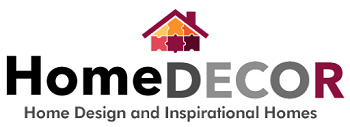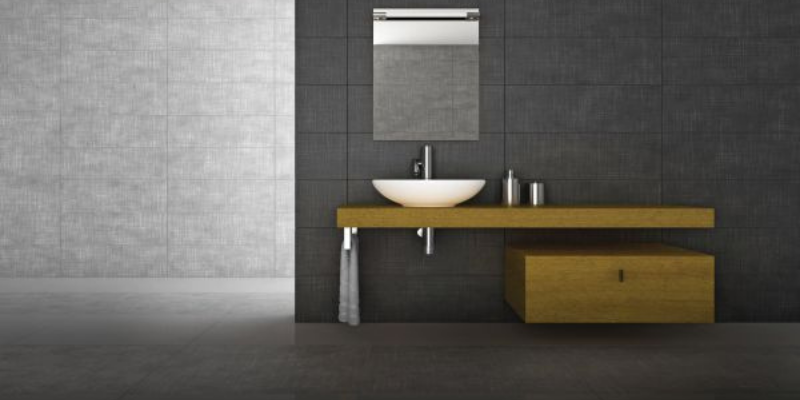PVC is a versatile and durable material and is widely used in many different sectors including building, transportation, packaging, electrical and healthcare. This material’s fire and water resistance makes it extremely popular and accepted. PVC coloured boards can currently be used in place of wood, metal, glass, concrete, and clay in a variety of applications.
They can be used in three ways:
- Interior Wall panelling
- Kitchen application
- Exterior applications
Interior Wall Panelling
A wall panel serves as an insulation layer between a stone wall and the room. Today, wall panels are installed to make rooms look more attractive. Aside from all the appeal, it also provides structural support, hides unsightly cables, and prevents wall damage.
Panelling is a great way to add texture and style to a plain room or to hide walls with imperfections. They are installed in two ways:
- Mounting the panels to the wall by screwing them in. This is suitable for straight, smooth walls and lightweight panels.
- The panels are skewered onto the metal grid frame by installing the metal grid frame on the wall.
PVC boards are beneficial because they are termite and water resistant. The PVC boards provide an aesthetic look and they are cost-efficient to begin with.
Kitchen applications
PVC sheet price is low, thus, aside from being a budget-friendly material for kitchen cabinets, PVC is also incredibly easy to maintain and clean. PVC boards are available in the market in hollow and foam boards, respectively. As the name implies, the first one has a hollow interior, making it lightweight and economically viable. As opposed to hollow boards, PVC foam boards are thicker, making them more durable.
PVC kitchens come in an array of colours; you don’t have to worry about laminates or other embellishments to make them look beautiful. The lightweight material makes it easy for the workers to work with. In terms of durability, you should buy the foam board as it can hold more weight compared to the other PVC variants.
Pros
- It is easy to install
- An economical option for rented homes or short-term kitchens
- Durable and moisture-resistant
- Termites can’t infest cabinets made of PVC
- A variety of colours are available and they don’t require a lot of finishing
- In addition to holding more weight, foam boards are fairly fire resistant
Cons
- This material is prone to scratches that cannot be concealed.
- Discolouration is a common problem with PVC kitchens after some time.
Exterior Applications
PVC boards are widely used for exterior building since they are proven to be fire retardant, termite-proof, weather-resistant, and rot-proof. The white colour of PVC exterior boards is also a preferred colour for external surfaces. It is recommended that you shouldn’t use PVC exterior boards for providing structural support, as they are intended just for decorative aspects. They are preferred for external applications because:
- Waterproof
Water damage is a concern with wood panelling. Wood can corrode or swell as a result of taking in moisture from the surroundings. Boards made of PVC are water resistant and have no reaction to water in any way. PVC sheets do not rot, decay, swell, or get distorted.
- Fire Resistant
Unlike wooden panel boards, PVC exterior boards are fire retardant. Since PVC cannot burn, it does not let the fires spread. Our PVC boards have a rating of preventing the spread of flame.
- Termite Resistant
Various pests like borer insects and termites eat wood. Pests like these can destroy wooden panels and rot them. The properties of PVC do not attract pests such as termites. Additionally, it keeps insects from building nests inside the panels of your home.
- Mould Resistant
PVC is inert against water, unlike wood and certain natural components. PVC stops the growth of mould on your panels almost completely, while wood tends to form moulds when in contact with water. PVC allows mildew to form only on its surface, but not inside, which is the reason for corrosion and decay. You should remember that mould can develop on any surface. However, one of the benefits of PVC is that it won’t decay due to the mould.










